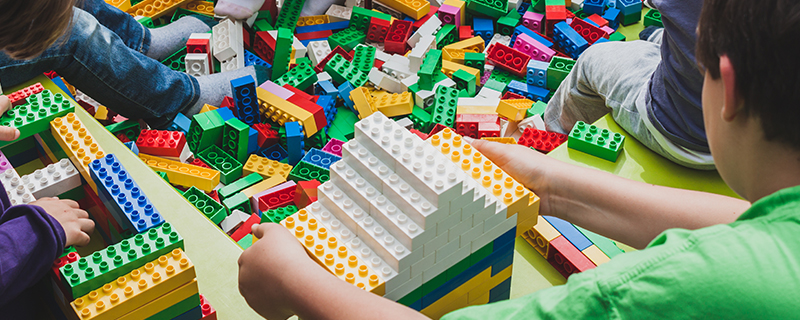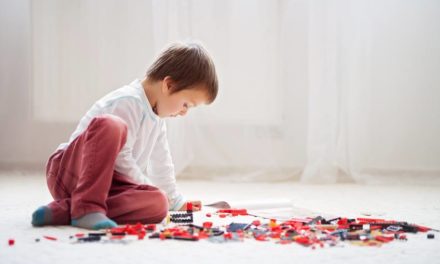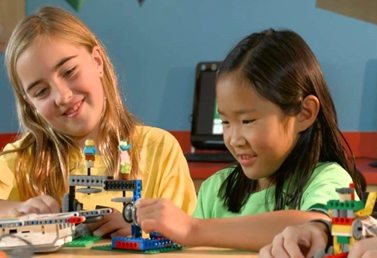Any parent looking for the best in brain-building activities has most likely seen the excitement around LEGO Bricks in recent years.
An increasing number of parents and educators are recognising the learning opportunities these little interlocking bricks can bring to their kids. As researchers have discovered, construction block play, including with LEGO Bricks, offers a full spectrum of benefits to the budding mind.
Some of these benefits are found in the usual areas, such as math, spatial activities and early engineering skills. Others are more surprising, especially social skills. Wherever your child is at in terms of age and ability and interest, and wherever your child seems to be headed, whether it’s a career in technology, engineering or even art, we think the benefits of construction play are for everyone!
-
LEGO Bricks build social skills
At first glance, you may not see an obvious bridge leading from construction play to better social skills. Whether your child plays with other children or apart, development of their social and communication skills are, in fact, taking place inside!
- Collaboration: What happens when kids gather around a table to build a project? They take on one or more roles. The one who is keeping an eye on how the structure fits in with the design — that’s the engineer. Suppliers gather the pieces. The ones fitting the pieces together are the builders. While these titles sound rigid and official, chances are, the kids are taking on multiple roles throughout the project, and it’s all part of a collaboration. At the practical level, collaboration is a valuable time to pick up new skills and pass along their knowledge to others. But as in any situation when there is one or more builders, emotions can start flying high. Look at it as an opportunity to have a learning moment about conflict resolution skills. What’s working in your favour here is if they’re excited about the project and feeling focused on getting to the finish line. If so, they will find the motivation to work it out. When they are finally through, that sense of accomplishment is a nice little reward, especially if they feel like they contributed to the overall team effort!
- Pretend play: Even when kids are building alone, there’s a window here, too, for social development. While some kids set the finished work on the shelf to display, others may want to play with it, perhaps even build a fantasy world around it. Playing in a make-believe world is childish behaviour with a purpose. Studies show pretend play leads to better cognitive flexibility, empathy, communication and problem solving. What is the underlying lesson of problem solving? That more than one approach and solution to the problem exists! All of the above are skills that can one day serve them well in the workplace.
- Soft skills: While many blogs and articles connect the dots from construction toys to STEM skills, people-based skills, such as leadership and emotional intelligence, are tied to long-term success in the workplace as well.
- How can parents help? Parents can set up opportunities for group construction play for kids of any age. During a playdate, bring out the tub of LEGO Bricks. Very young children can get to work building a house for small toy animals, or a simple neighbourhood for toy cars and trucks. For ages 5+, challenge their skills by signing them up for a Bricks 4 Kidz class or camp.
-
Construction play builds spatial skills
As little hands manipulate and test the blocks, other things are brewing in those young, pliable minds. They are building their spatial abilities — the ability to visualize and plan three-dimensional objects. As your understanding of the space around you grows, so do your spatial abilities.
Strong spatial abilities are associated with science and technology careers, such as chemistry, engineering and mathematics. Even if your child shows other interests, they can still benefit. Research has also found that spatial skills are important in architecture, visual arts and even medicine. Even more surprising, research has found a strong correlation between strong spatial reasoning with innovation and creativity later in life.





